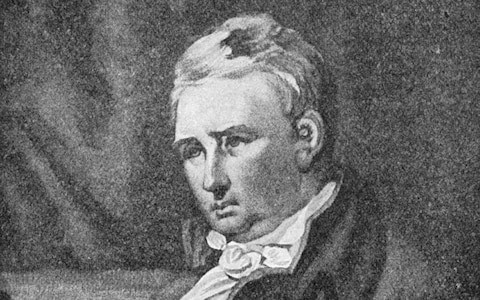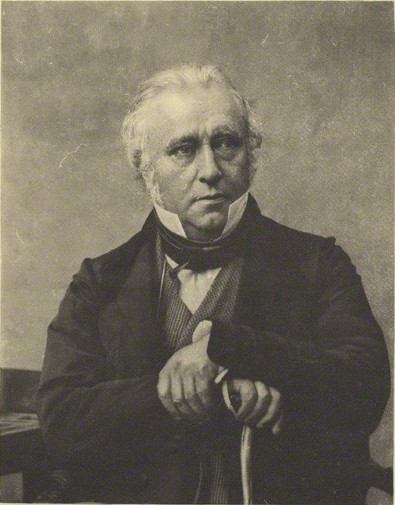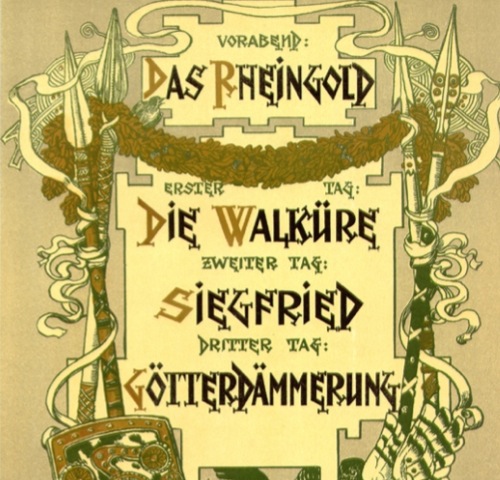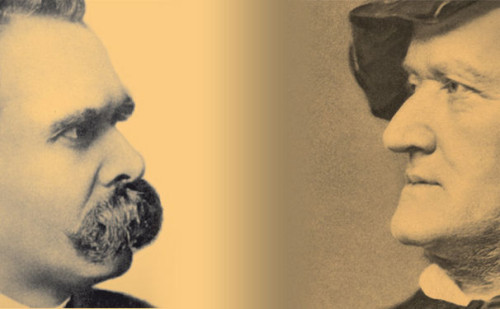
Go to Part 1
Go to Part 2
One of the first great texts on the Jewish Question to appear in the 20th century was The Foundations of the Nineteenth Century (1st English Edition, 1911) by the Germanophile Englishman Houston Stewart Chamberlain (1855–1927). Having married one of Richard Wagner’s daughters and taken up residence in Germany, Chamberlain, a philosopher, involved himself heavily in the German völkisch scene and the promotion of its ideas. In Foundations, Chamberlain refined the racial theories of the French diplomat and essayist Joseph Arthur Gobineau, in which the Frenchman had argued that there was demonstrable inequality in talent, worth, and culture among the various races of man. While Gobineau placed Aryan man at the pinnacle of his racial categorizations, Chamberlain was among the first to refine this categorization to include Northern Europeans in particular at the pinnacle. This is perhaps a more controversial position today, owing to the more modern emphasis on total White unity, as well as significant disillusionment with the way the Nordic and Germanic nations have succumbed so intensively to the multicultural onslaught.
Foundations is a complex work, and nowhere is this more apparent than in Chamberlain’s attitudes towards Jews and the Jewish Question. For a start, the author admires some aspects of Judaism, namely, that it holds purity of blood as a religious principle: “Judaism made this law of nature sacred. And this is the reason why it triumphantly prevailed at that critical moment in the history of the world.” A veiled admiration is also evident in his assertion that Jewish financial strength is not the sum total of the Jewish Question. In fact, Chamberlain describes it as “of least account” because “our governments, our law, our science, our commerce, our literature, our art…practically all branches of our life have become more or less willing slaves of the Jews. … The Indo-European, moved by ideal motives, opened the gates in friendship: the Jew rushed in like an enemy, stormed all positions and planted the flag of his, to us, alien nature — I will not say on the ruins, but on the breaches of our genuine individuality.” The end result of this process will be apocalyptic: “If that were to go on for a few centuries, there would be in Europe only one single people of pure race, that of the Jews, all the rest would be a herd of pseudo-Hebraic mestizos, a people beyond all doubt degenerate physically, mentally and morally.”
While Chamberlain’s text is epic in tone and scope, the influence of German Romanticism on its writing is clear. There are elements of mysticism, and at times its style is obscure. In the 1920s two significantly more straightforward assessments of the Jewish Question were published in the Anglosphere: Henry Ford’s The International Jew (1920), and Hillaire Belloc’s The Jews (1922). Since Kevin MacDonald has written an excellent review of Ford’s work, and since I have published a lengthy assessment of Belloc’s contribution, I see no reason here to go into detail about the content of either. It should suffice to state that both are essential reading for anyone hoping to get to grips with this subject matter, and also that they are almost without parallel in terms of the clarity of their language and argument. They are simply indispensable. Read more









